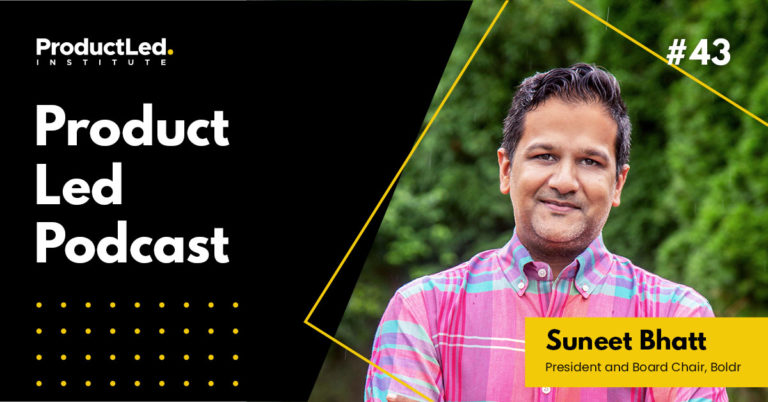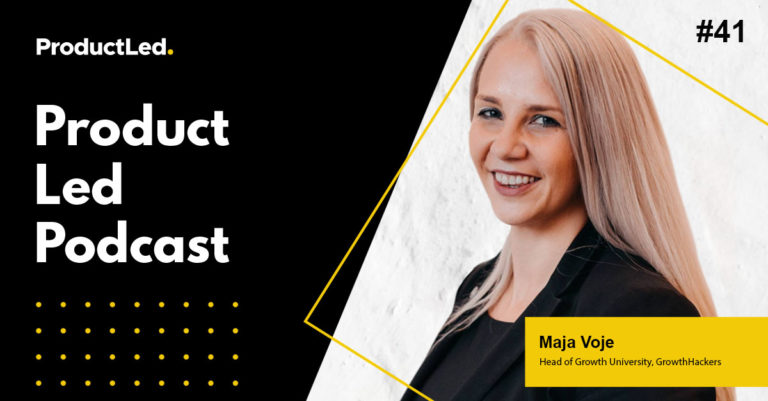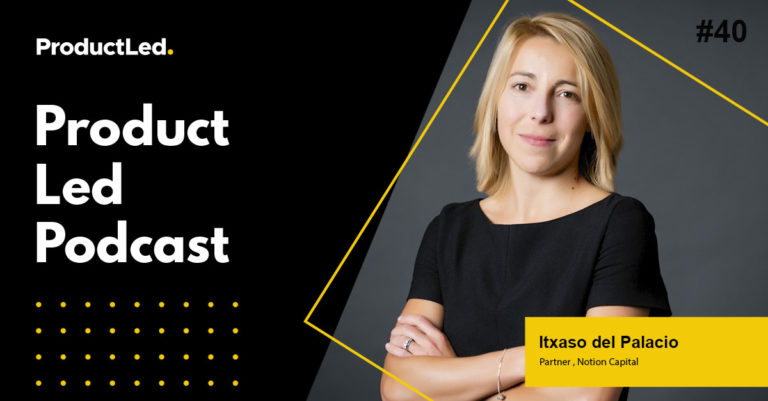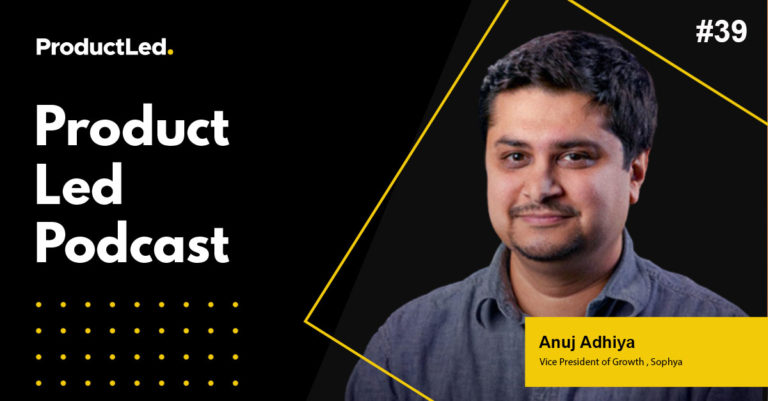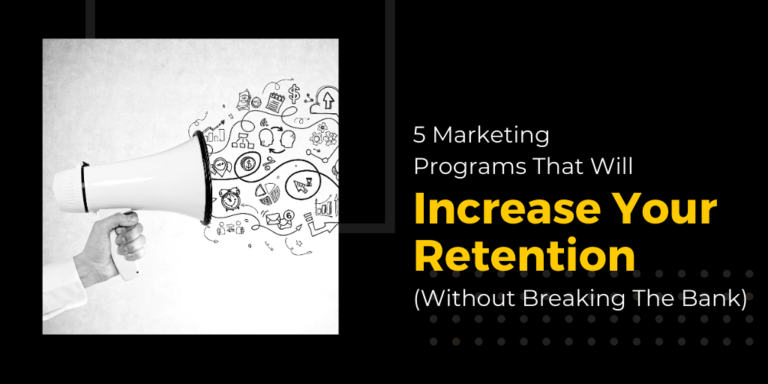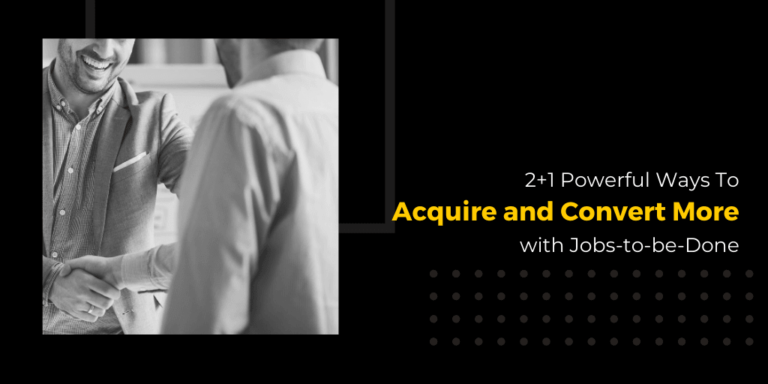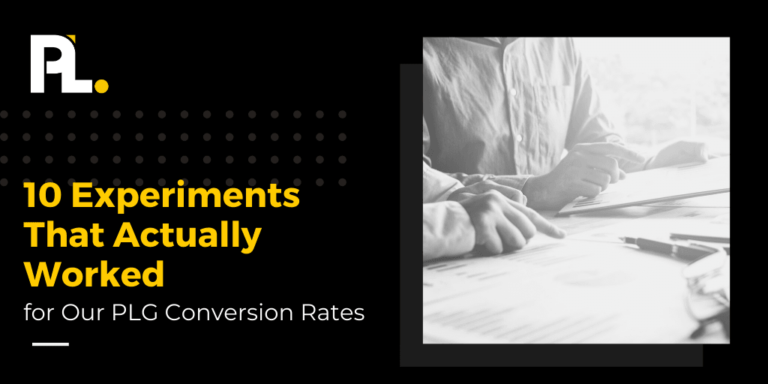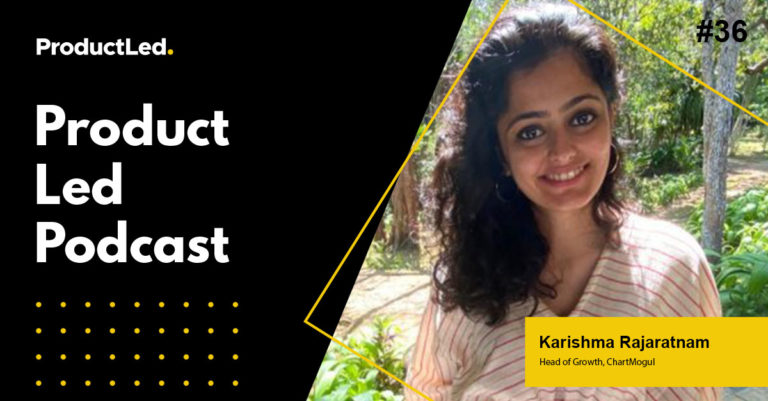Recently, I came across this tweet and got hooked on the entire conversation around it. Needless to say, it triggered many thoughts for everyone in the SaaS space, especially start-up founders.
This is not the case of just one tweet; product-led growth (PLG) is a hot buzzword in the B2B SaaS space. Everyone is curious about PLG and they want to know how to become product-led. So I created a PLG framework based on 100+ customer interviews I’ve conducted building Inflection.io.
You can use it as a guide to be more product-led or to assess your existing model.
However, it’s important you choose every component for your GTM model as per your product and market. So before jumping to that, let’s start with the basics.
Why the Hype?
The success stories of Slack, Zoom, Figma, and others have set the stage for this GTM model that lets the product sell itself and facilitate viral growth. In fact, the growth stories of these companies are the main reason behind the buzz around product-led growth.
It is clear the interest in PLG is growing aggressively as most of the SaaS founders adopt this model to convert their product to a self-growth machine. Also, they leverage the extended interest of investors worldwide.
In addition to that, lower customer acquisition costs (CAC), better buyer journeys, and a higher rate of account expansion are some of the other benefits of product-led growth.
7 Go-To-Market Components of PLG Business Model
There is no single playbook for product-led growth.
There are some misconceptions about the core idea of a product-led model. Many believe that product-led growth is a set of rules that every PLG company follows and they have to be like Zoom, Slack, and other popular PLG companies in offering a freemium model.
As a SaaS founder, you shouldn’t ask “how do I be like Zoom or Slack?” but rather, “how do I better leverage my product for GTM and customer growth?”
PLG is not a single formula or pricing model and you need to carefully consider each component to leverage your product for growth. Every product and company is different and that’s exactly why you need to choose your elements specifically for your product and business.
The product-led framework identifies seven components you can use as per your product nature, target market, and ultimately your customers.
1) Target Customers
This is one of the most important parts of your GTM model. You need to identify and determine your target customers even before getting started with your business model.
The non-PLG model mainly focuses on enterprise customers while the semi-PLG model focuses on small or medium businesses and teams. At the same time, a full-PLG model targets individual users.
However, it is possible to focus on different target customers with the same product in the same market. Zoom is a really good example of that. When Zoom came into the show, Cisco Webex was the main player and they were heavily focused on enterprise customers.
Zoom identified an opportunity in individual customers that helped them achieve viral growth with an increase in user sign-ups thanks to a freemium model while providing an enterprise solution. Once the employees and teams started using the free version of Zoom, companies also started to adopt the paid version as their main video conferencing tool.
2) Sales Model
Being product-led doesn’t mean you don’t need a sales team, because sales is the backbone of a business.
The non-PLG model places their bet on enterprise sales, which is slow but rewards with big accounts in the portfolio.
A semi-PLG model focuses on inside sales most of the time - this includes employing success managers and product specialists for facilitating sales, using product data to focus sales and marketing efforts.
At the same time, a full-PLG model depends on self-serve methods prominently. Here the product itself guides the users through the buying journeys and facilitates sales.
3) Pricing Model
The pricing model has a huge impact on your growth trajectory. The non-PLG model usually uses subscription licensing as its pricing model. For example, customers have to buy a product license subscription and are charged for every additional feature and enhanced support option.
You might be really familiar with the pricing model of semi-PLG models. They charge customers based on the number of users (for example, $50/user/month).
Most of the popular names in the industry such as Zoom and Calendly adopt this model. Needless to say, it allows customers to add additional users based on their needs at any time.
The full-PLG model adopts a usage-based pricing model and charges users based on their product usage. Usage-based pricing makes sense when the product needs to be the exact same when you are starting out or if you are a large enterprise. Mostly, developer tools and products offer usage-based pricing because it offers equal convenience for small teams, individuals, and enterprises.
The number of API requests, number of messages sent, number of contacts stored, number of transactions, and the volume of data stored are some of the value metrics considered in usage-based pricing. SendGrid, Snowflake, Amazon Web Services, and Stripe are some of the best examples of usage-based pricing.
4) Time-to-Value
Time-to-value is a critical metric in the success of every tech product. It defines the speed of getting a customer to a position of value. The faster and more easily you can get a user to value, the better. Quick time-to-value helps in customer retention and account expansion also.
Non-PLG companies mostly target enterprise accounts and they often have very complex onboarding procedures and heavier product implementation processes. Also, it often requires support from product specialists and onboarding consultants for proper implementation. Hence the time-to-value in a non-PLG model is considerably longer than other GTM models and does not provide a great user experience.
The semi-PLG model is better in terms of time-to-value. It has a lighter implementation process and often does not require additional support. With the help of the right documentation and guides, users can set it up themselves. Usually, the users see value on the first day.
Full-PLG is the all-star in the game of time-to-value. Customers see the product value immediately with instant activation and simple onboarding. This model takes the advantage of friction-free onboarding.
5) Acquisition
The way companies attract and acquire customers can define the nature of their GTM model.
The non-PLG model focuses mostly on paid acquisition channels, field marketing, and sales prospecting. However, they generally do not leverage the product data much for marketing purposes.
The semi-PLG model places its bet on paid acquisition channels most of the time. These companies use paid advertising prominently for acquisition. However, in addition to the paid channels, they use content marketing, referrals, PR, and word of mouth as well. They use product data for marketing at some level, but they are also limited compared to full-PLG companies.
The full-PLG model depends mostly on virality and it is the best discovery and acquisition method. It is 100% product-based and attracts users with true value. Specifically, products where the user invites other users to use or collaborate with them. Also, these companies heavily depend on product data for various marketing initiatives and effectively leverage product signals for marketing success.
Slack, Zoom, and Carta are some of the best examples of product-based virality with explosive growth.
6) Engagement
User engagement plays an important role in retaining and expanding users and accounts.
In a Non-PLG model, success managers or executives will reach out to the customers for product conversations and upsell opportunities.
The semi-PLG model mostly relies on product-driven engagement methods, often with hard-sales or poor personalization options. Needless to say, the effectiveness of both of these methods is not that impressive.
However, full-PLG uses an omnichannel approach for customer engagement and they are often hyper-personalized and automated. It involves personalized emails, push notifications, SMS, etc. to bring the users back to the product and improve their user experience. Marketing is heavily involved post the initial purchase, and fully in tune with the full customer lifecycle.
Also, it prompts for additional purchases or upgrade options at the right time. Compared to success-driven and product-driven, this one is more personalized, more relevant, and provides a better user experience. Engaging users for maximizing value creates better upsell opportunities and helps in customer retention.
7) Top of the Funnel Offering
This is the gateway for a user to try or buy your product.
Non-PLG companies usually provide a traditional product demo by a sales executive. Semi-PLG companies offer a trial option for the customers to try out the product before purchasing the product. Free trial is very popular among semi-PLG and full-PLG companies, however, some companies offer paid trial options also.
Full-PLG companies offer a demo version of the product or a trial offering of their product so that the people who discover the product can start using it immediately without spending a single penny.
However, there will be one or multiple premium versions of the product with additional and better features. These companies use different mechanisms for upselling. Sales Navigator for LinkedIn and higher storage options in Dropbox are some of the best examples of that.
The freemium model is complex to implement from a product maker’s perspective as compared to the free trial. If you have a product that can utilize network effect and vitality effects, it will work best with a freemium offering.
Also when adopting a freemium model, you need to ensure that your premium offering actually includes compelling features and additional value. Companies often combine and use the free trial and freemium options and that has dual benefits.
The product-led growth funnel revolves around product qualified leads (PQLs) instead of MQLs. But, the buying intent of product signups is much lower than demo requests and that affects the conversion of PQLs to sales. Also in PLG, instead of sending product signups directly to sales, marketing needs to create a different workflow to engage those PQLs to increase conversions to closed deals.
Conclusion
This 7-component framework helps you choose your GTM model and assess how you are doing it. However, as mentioned before, there isn’t a golden rule for selecting your GTM model or its components.
When you are working on your product’s GTM model, you can explore how others are doing and adopt some strategies if relevant, but do not blindly copy anything from others. There is no guarantee that your product will achieve the same level of success using your competitor’s methods. Their product is different from yours in one way or another all the time.
Even if you are a non-PLG company, you can still implement full-PLG or semi-PLG initiatives in your GTM strategies as required. Ultimately, you can choose each component for your GTM based on your product, customers, and the market.

